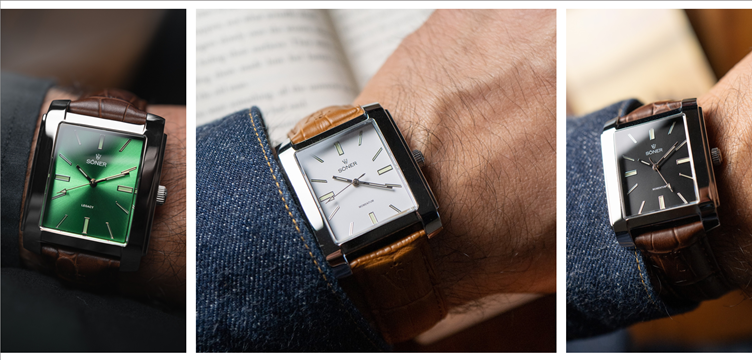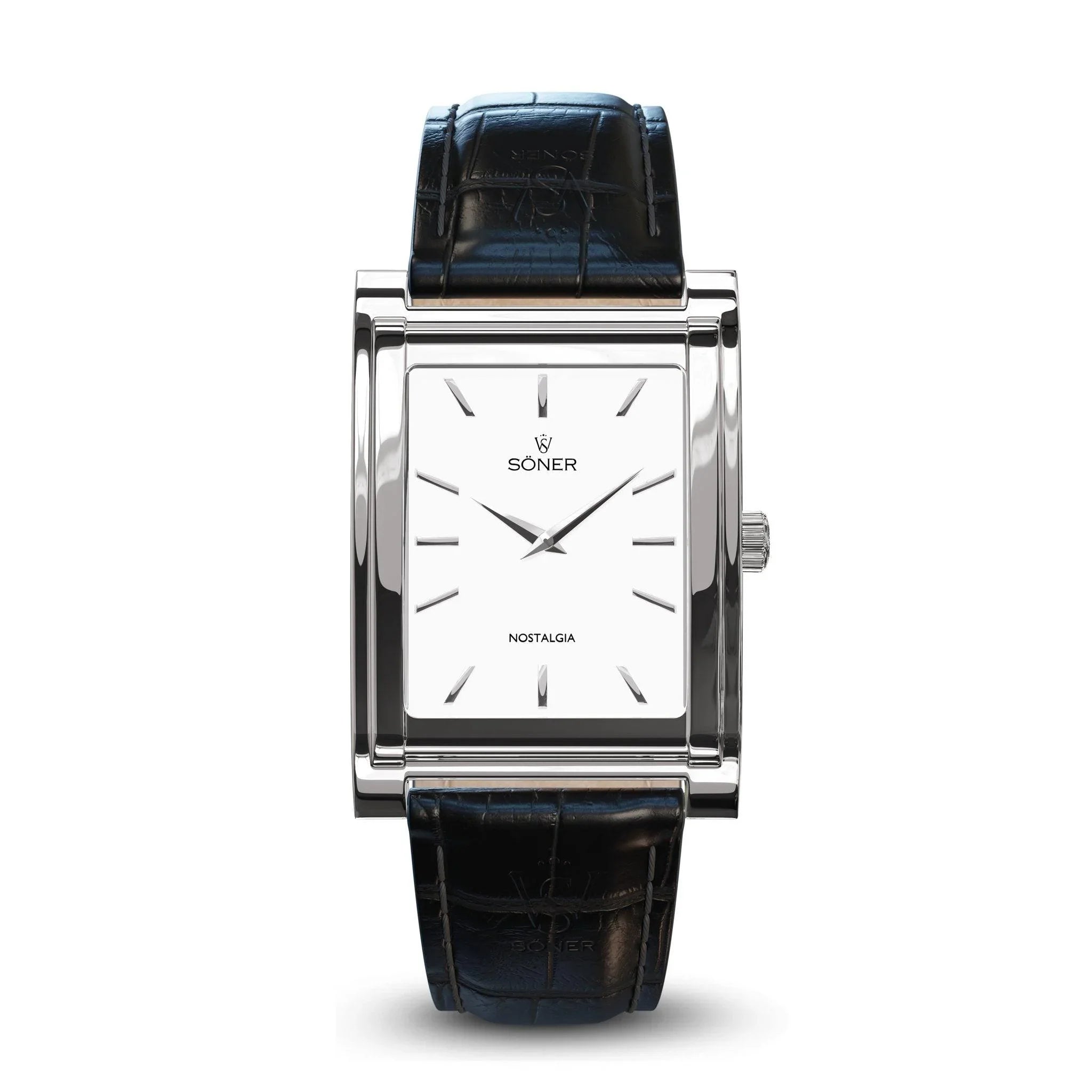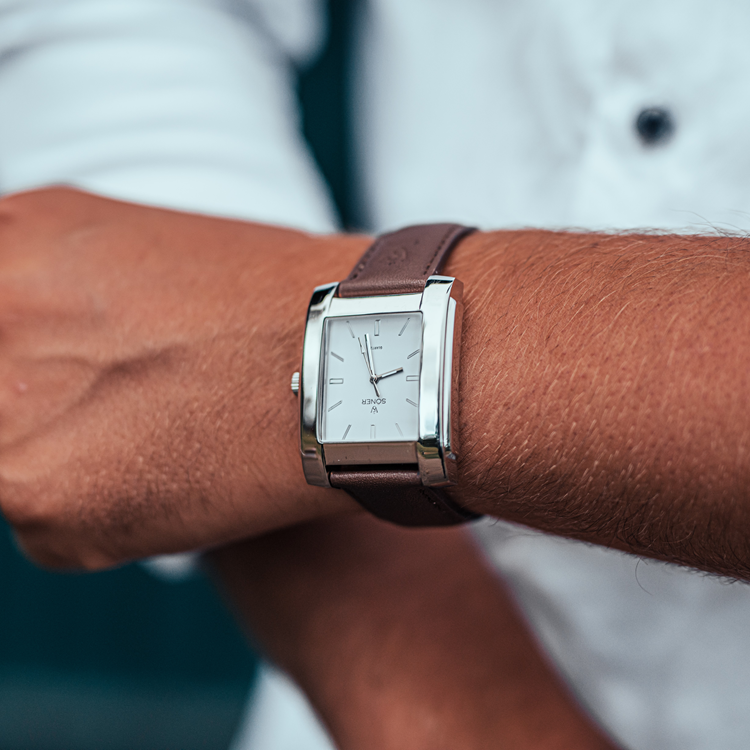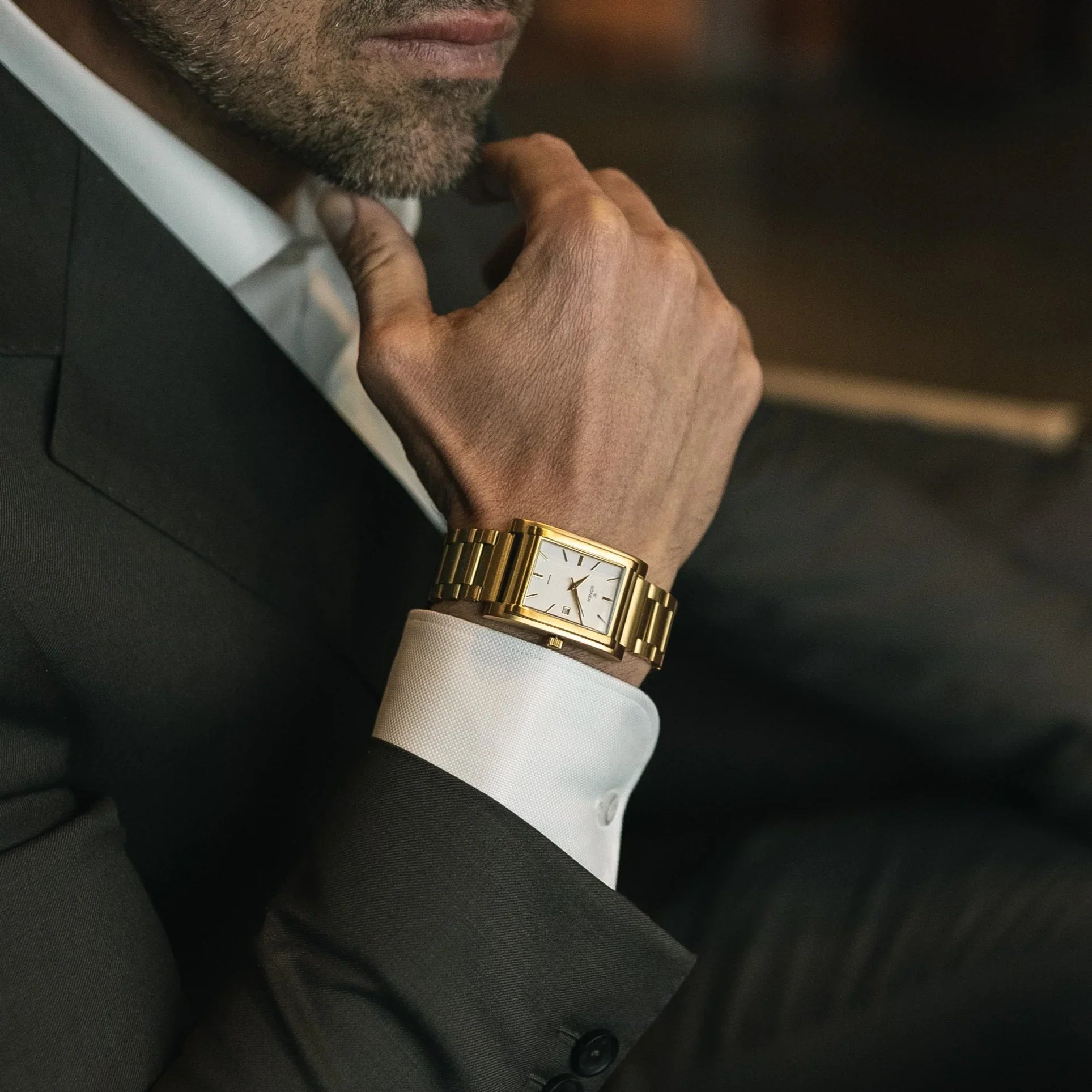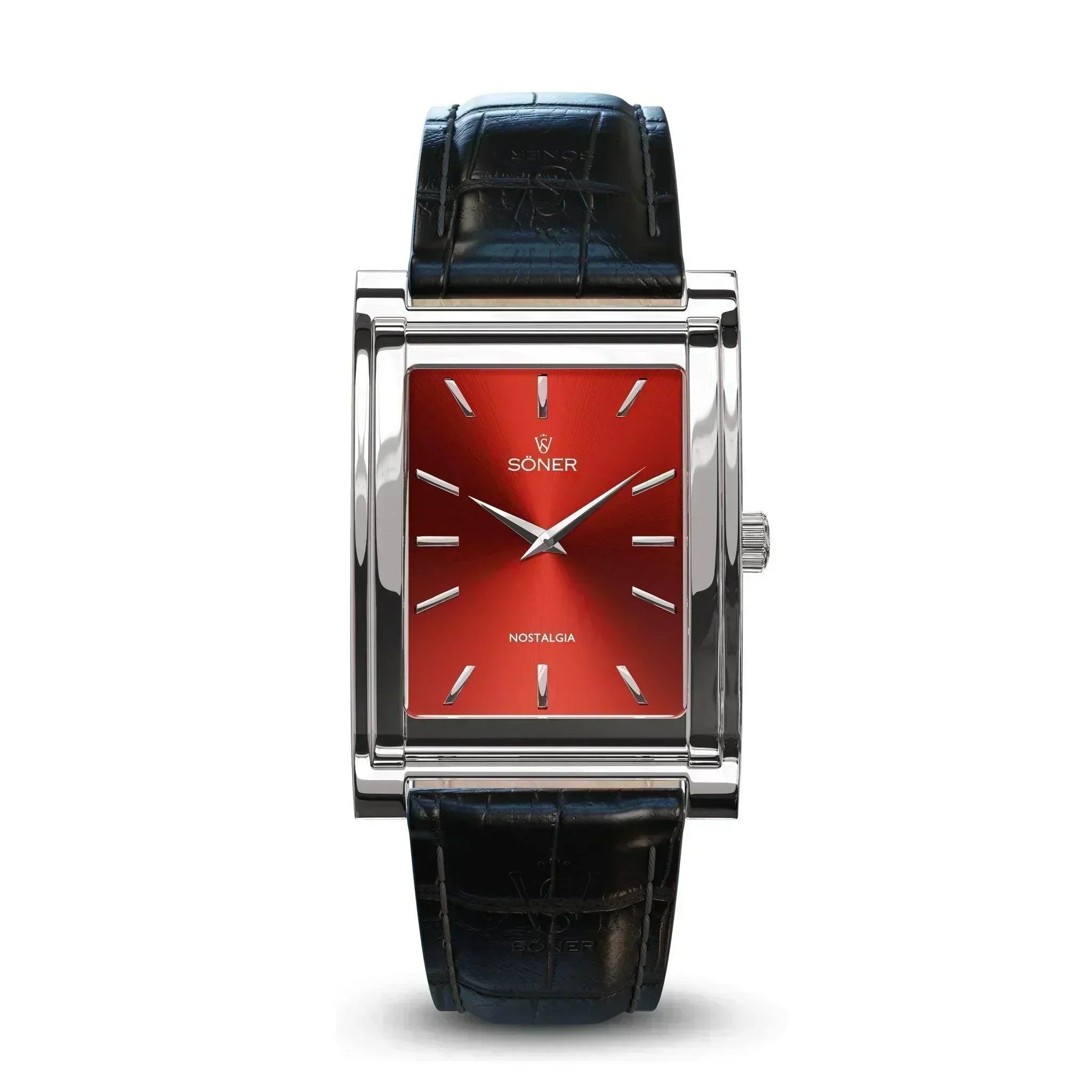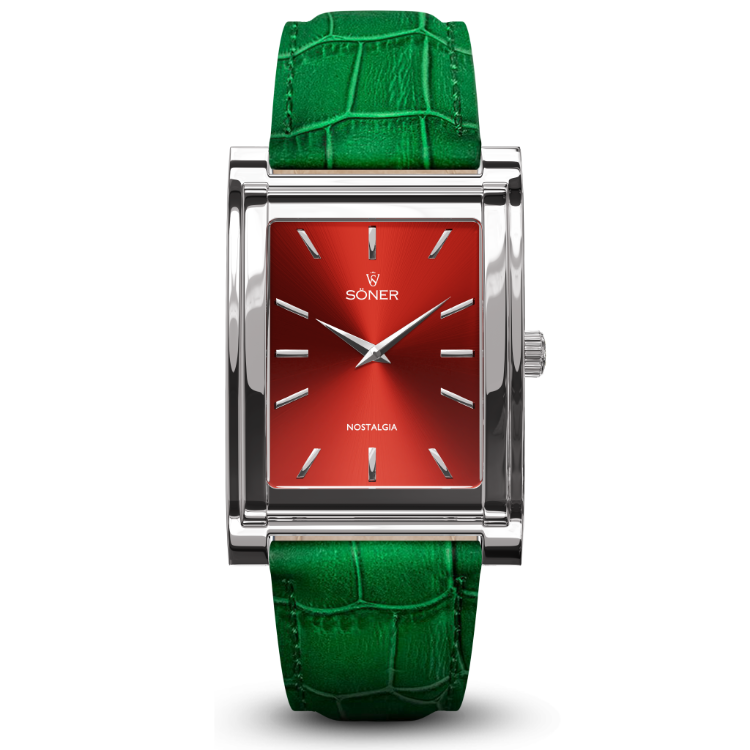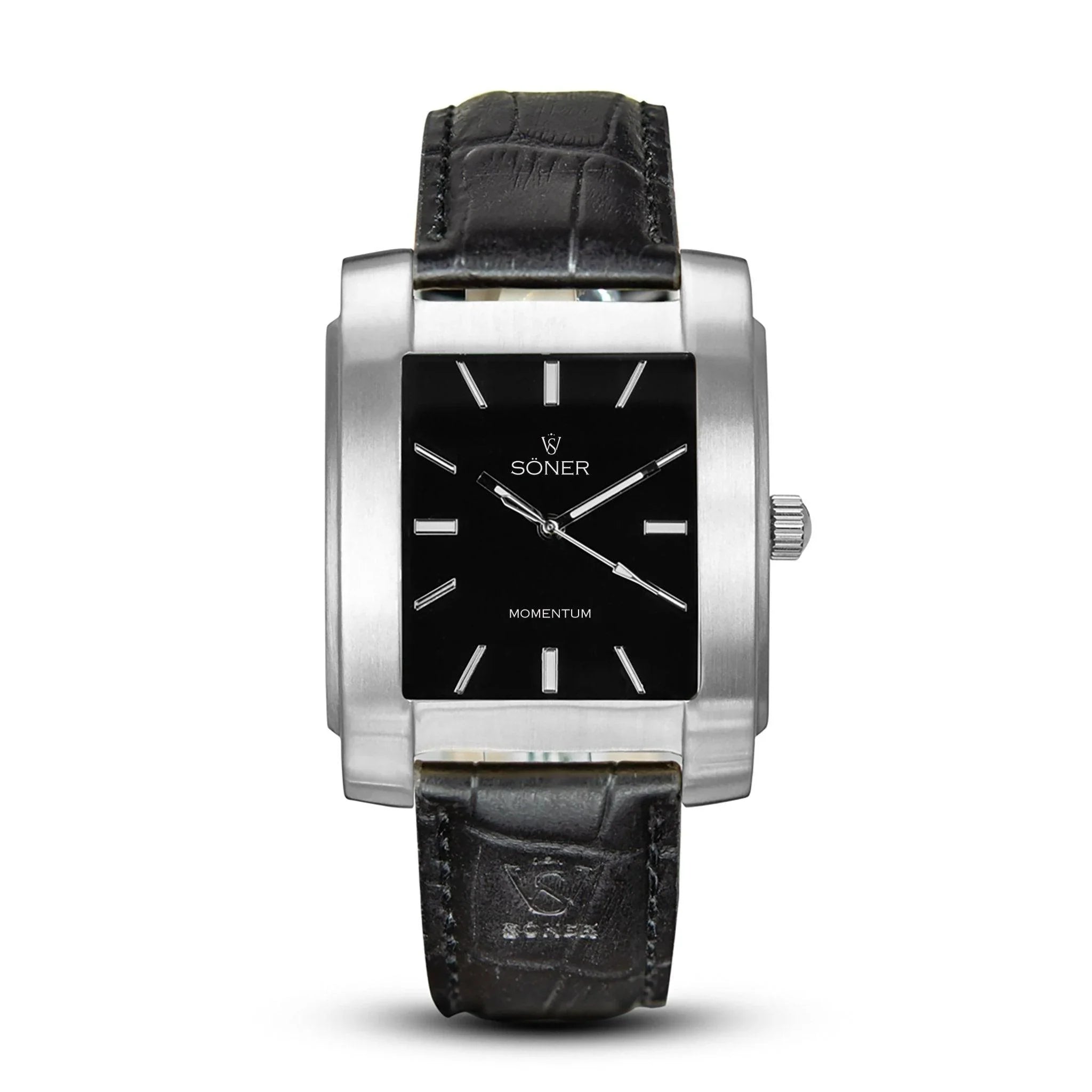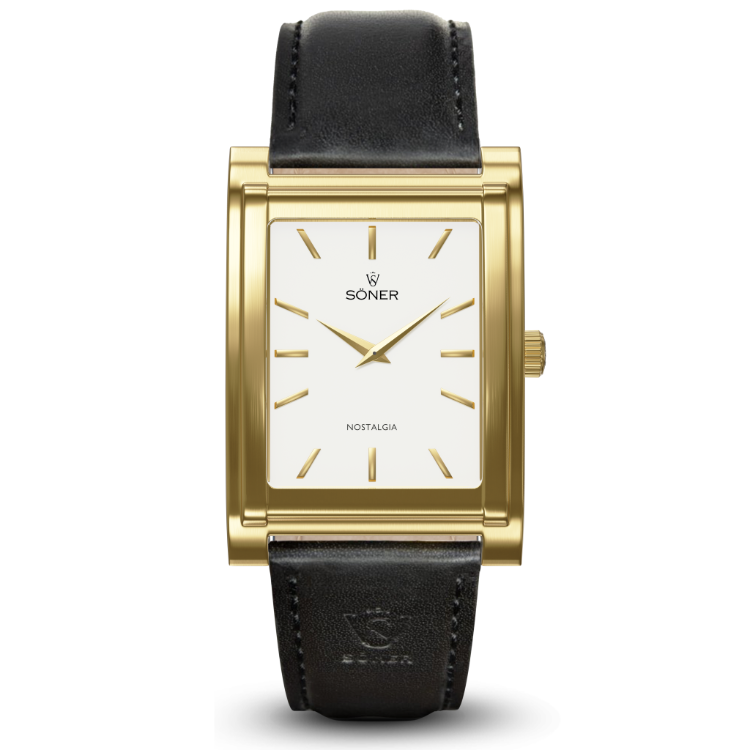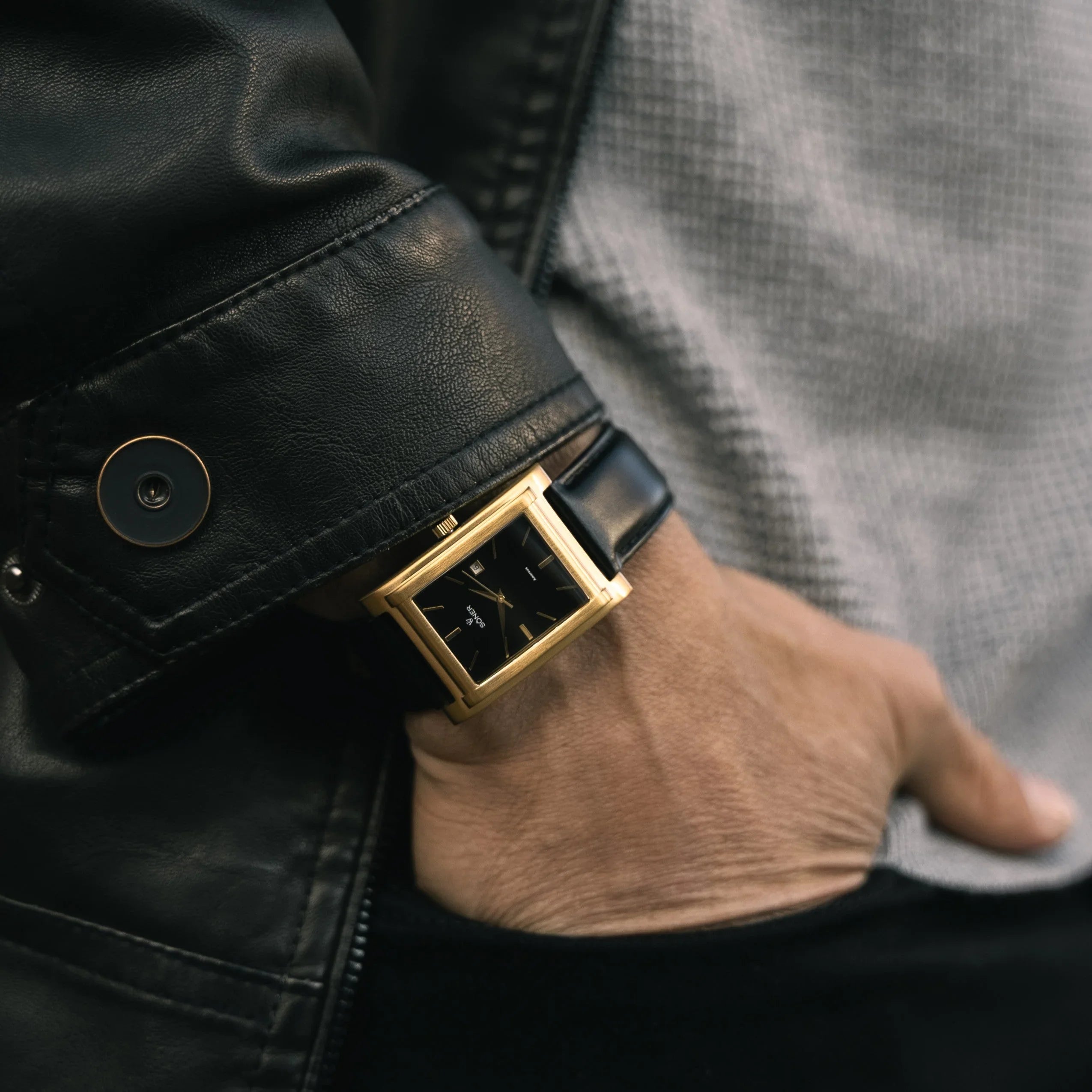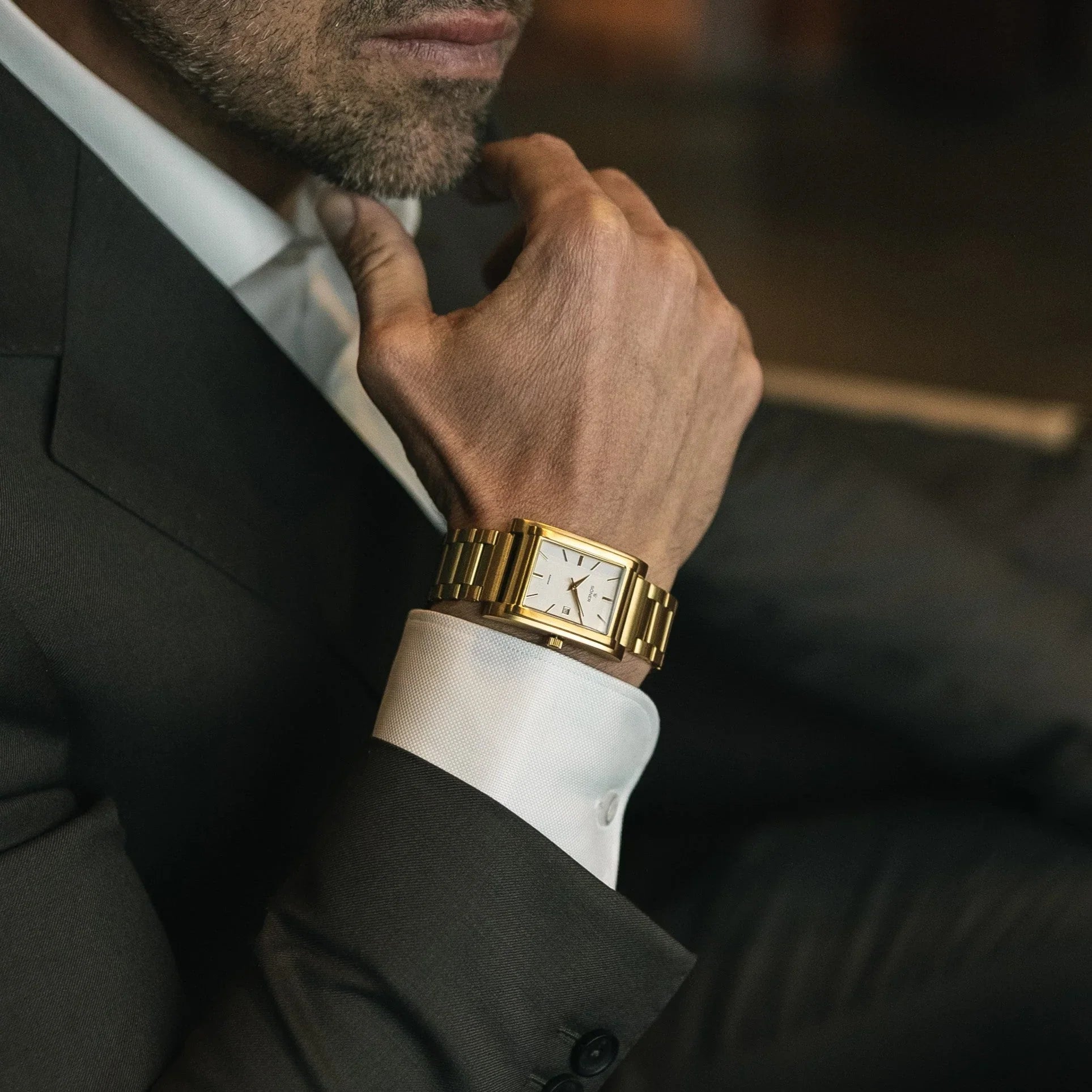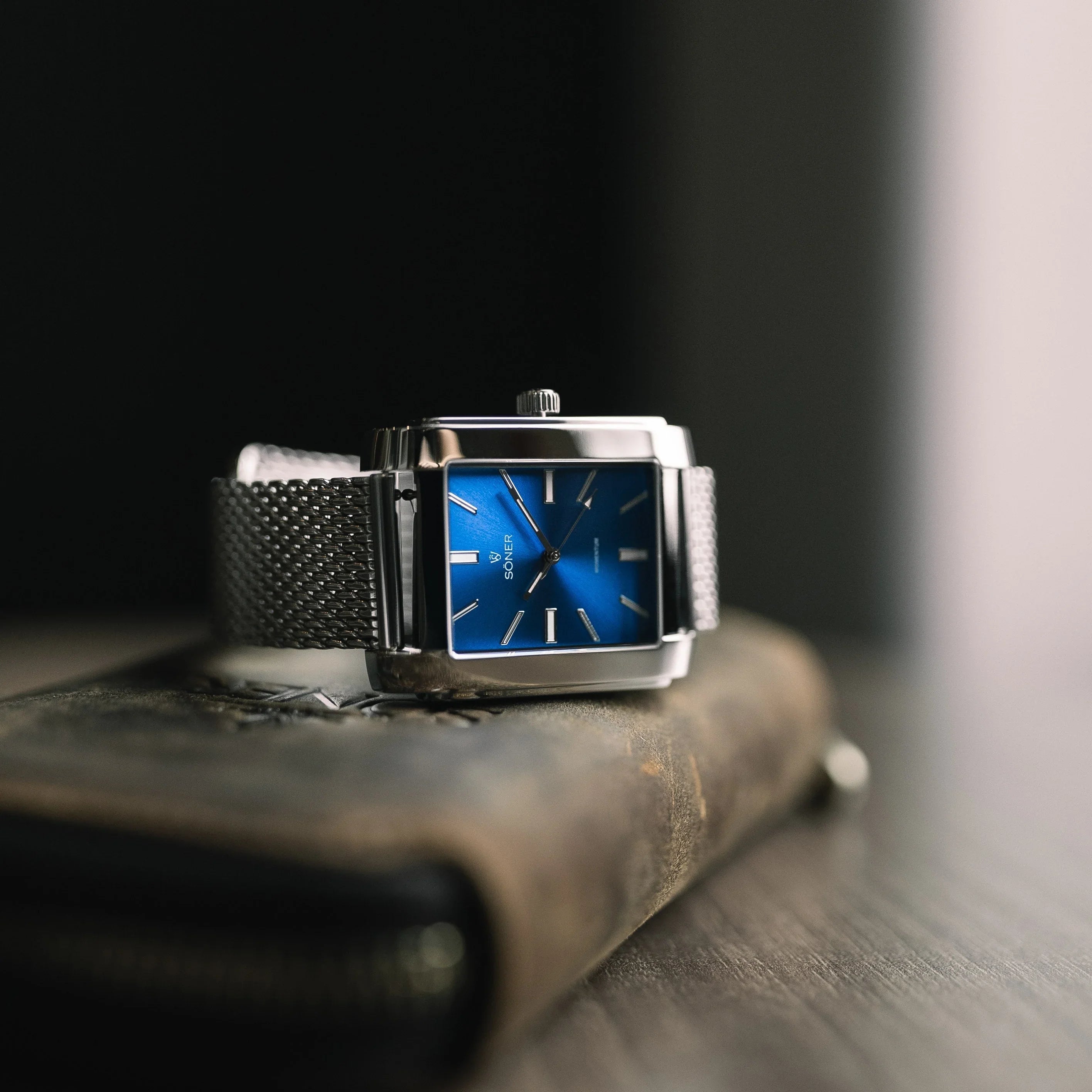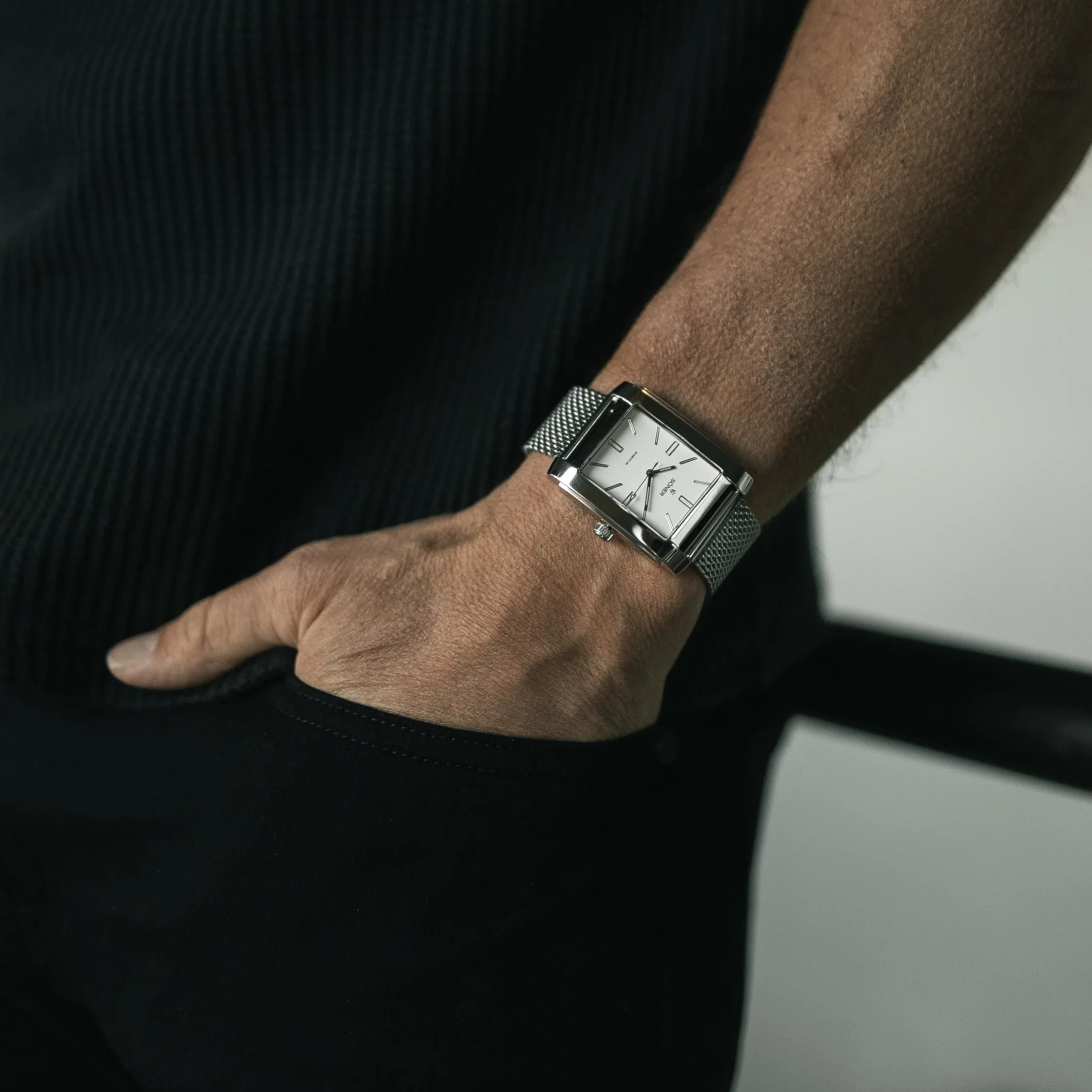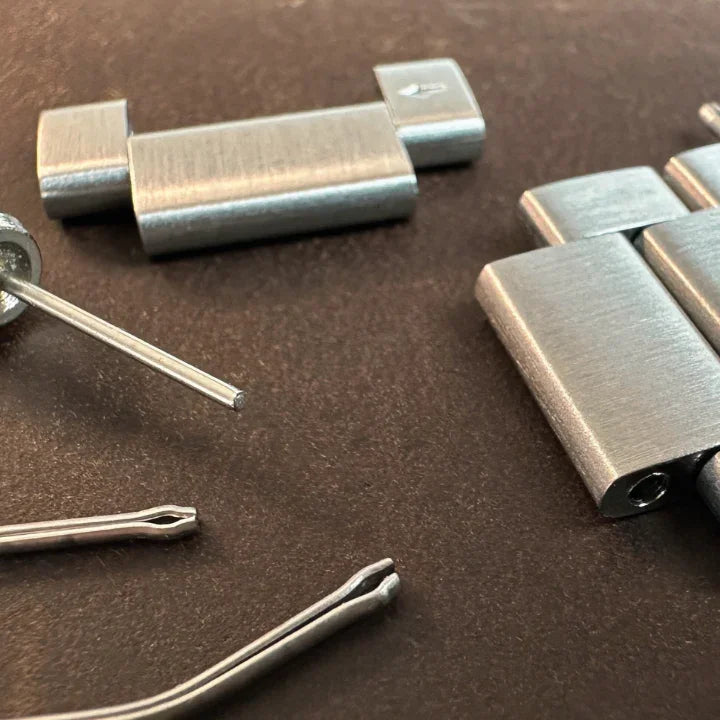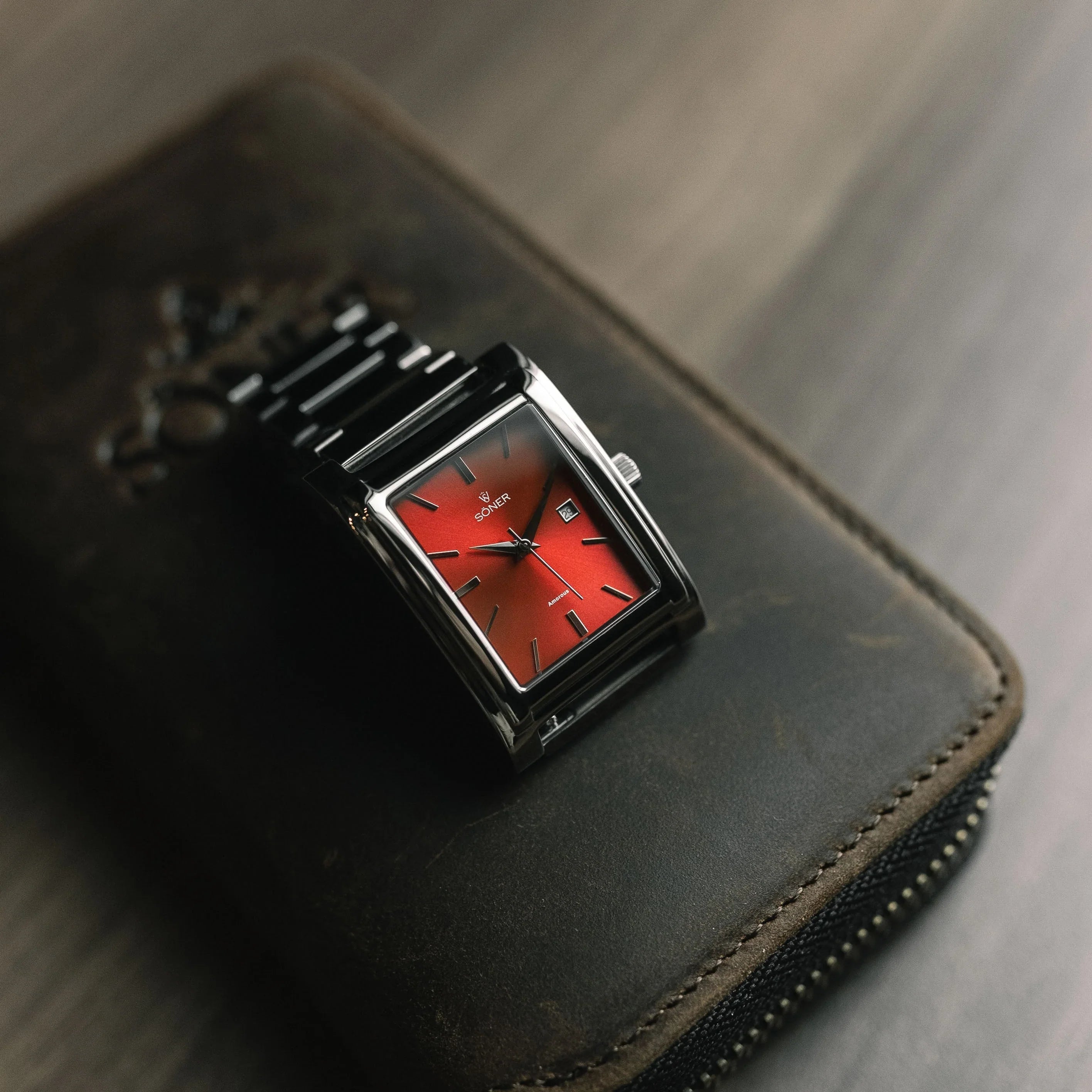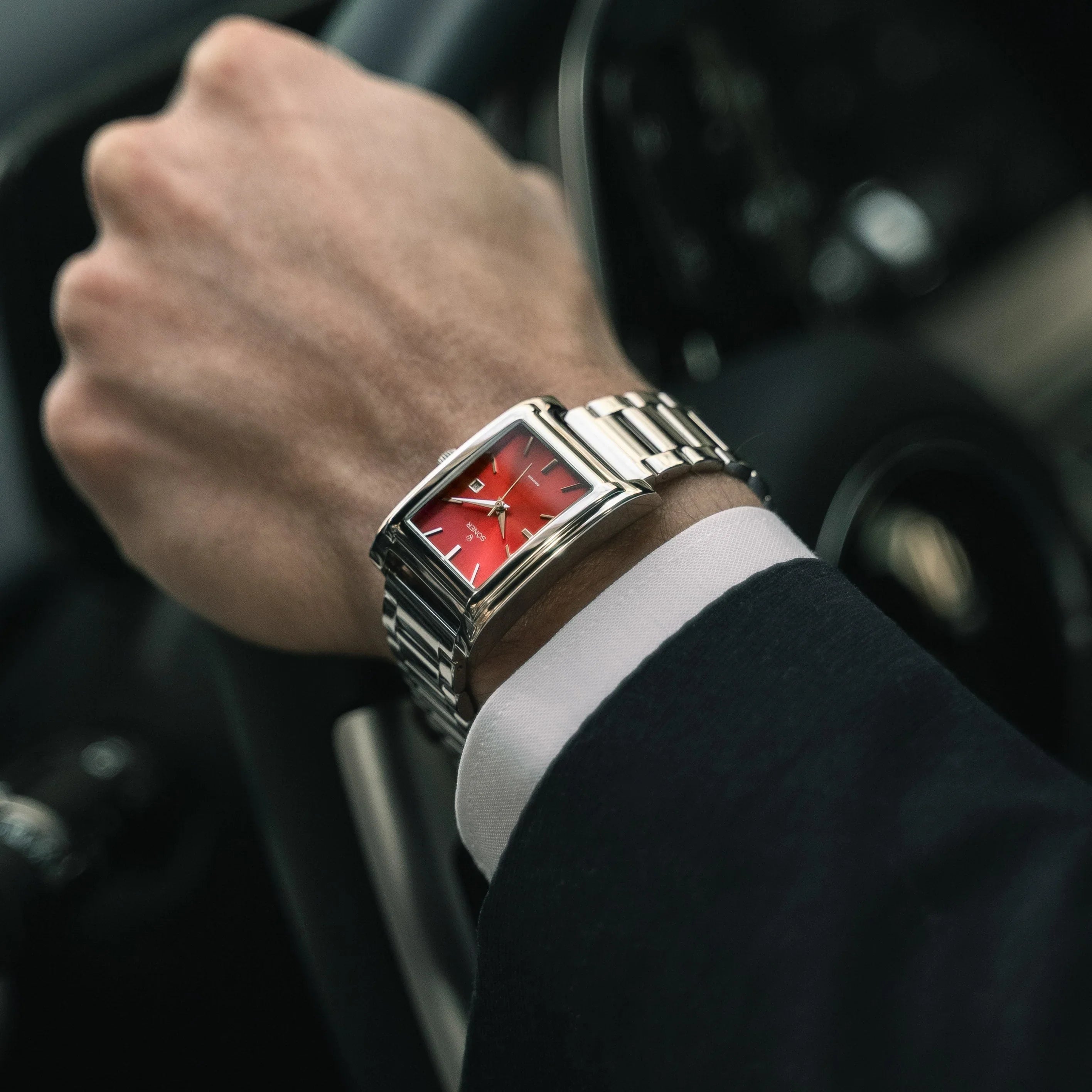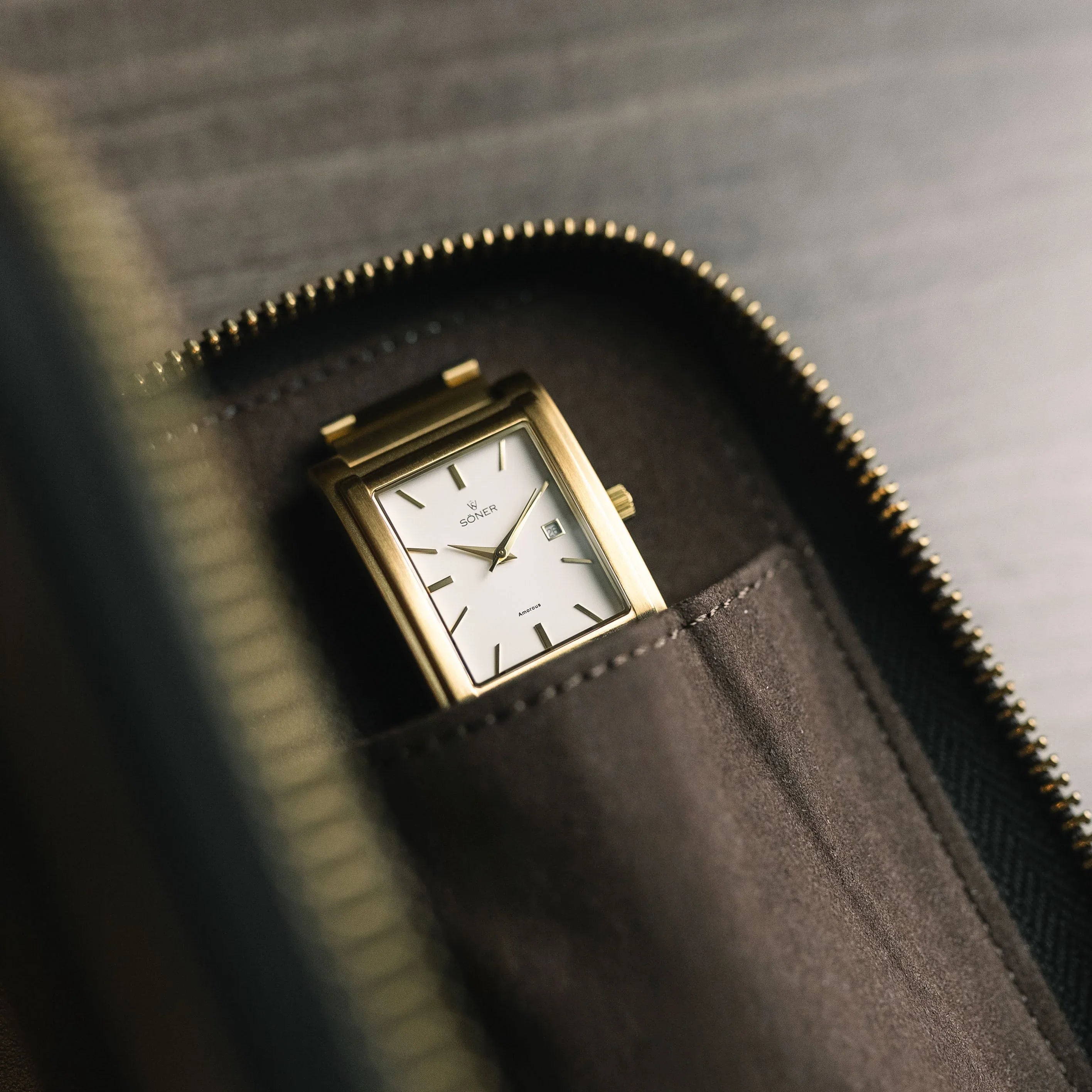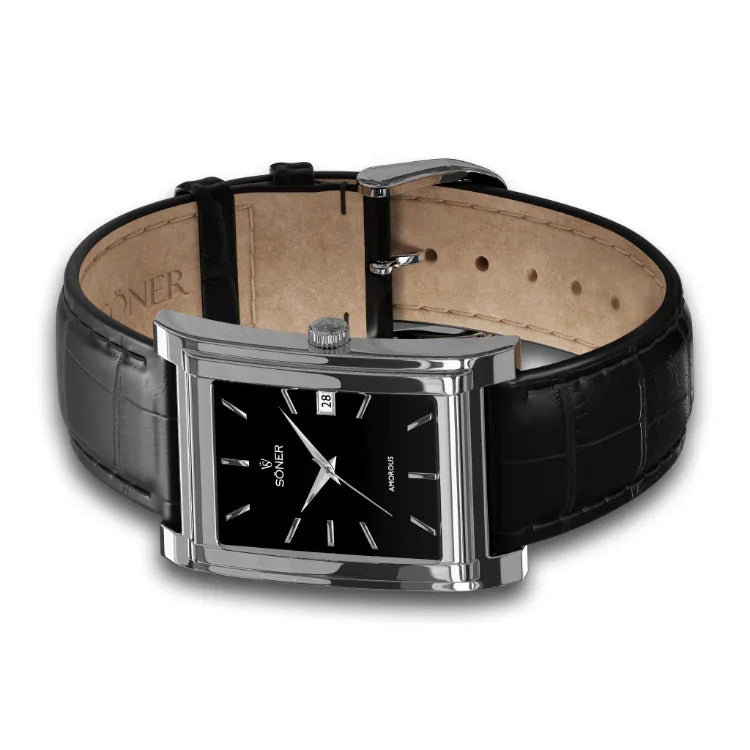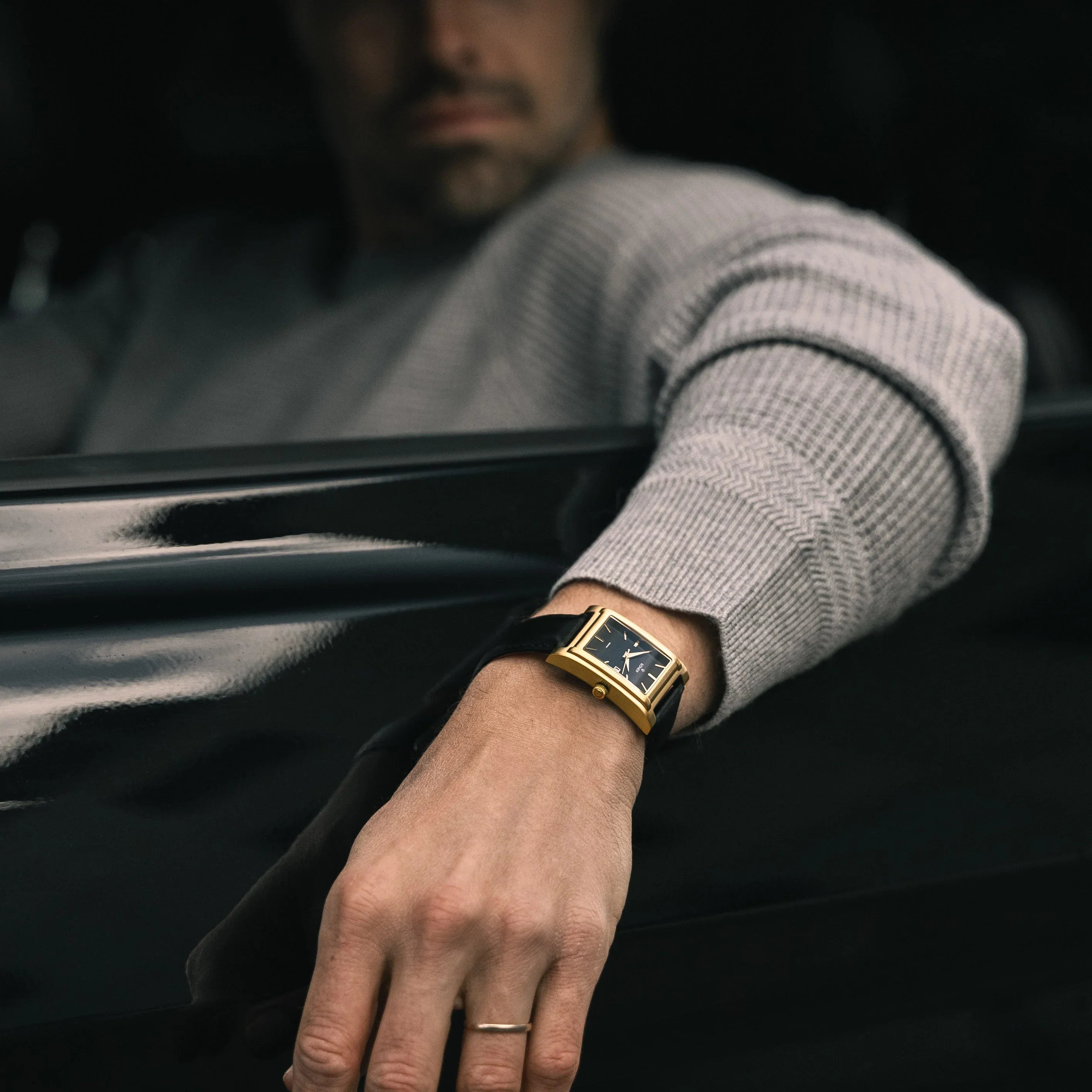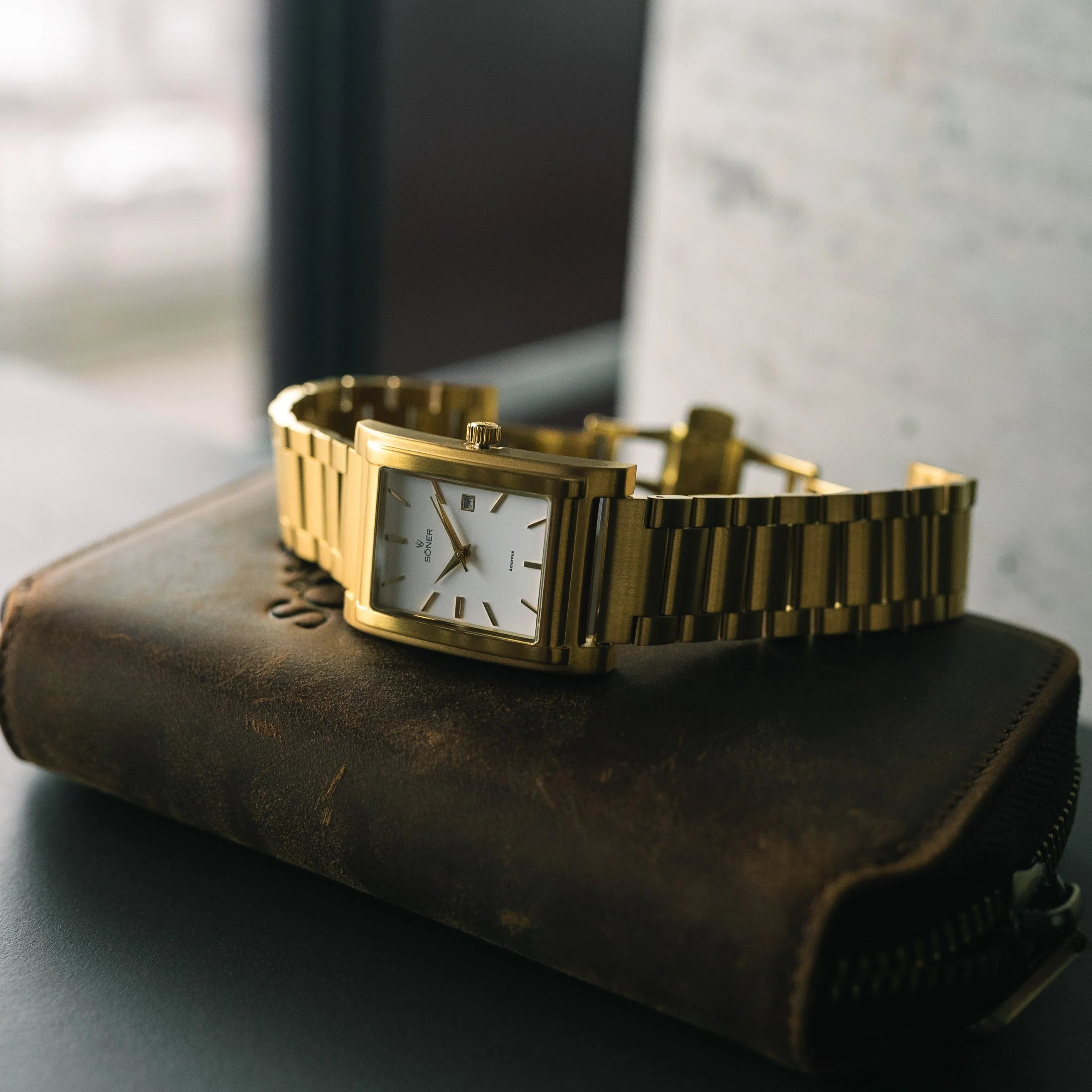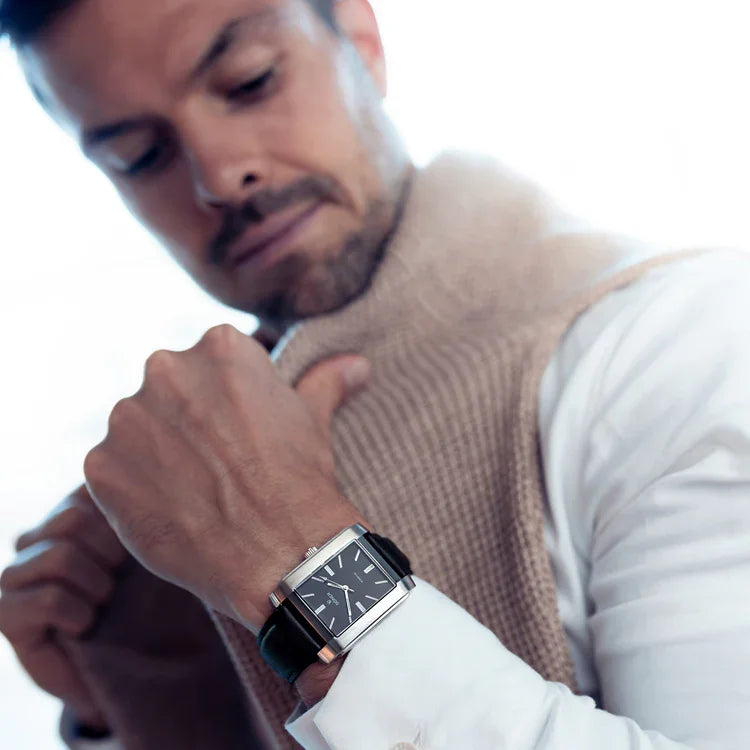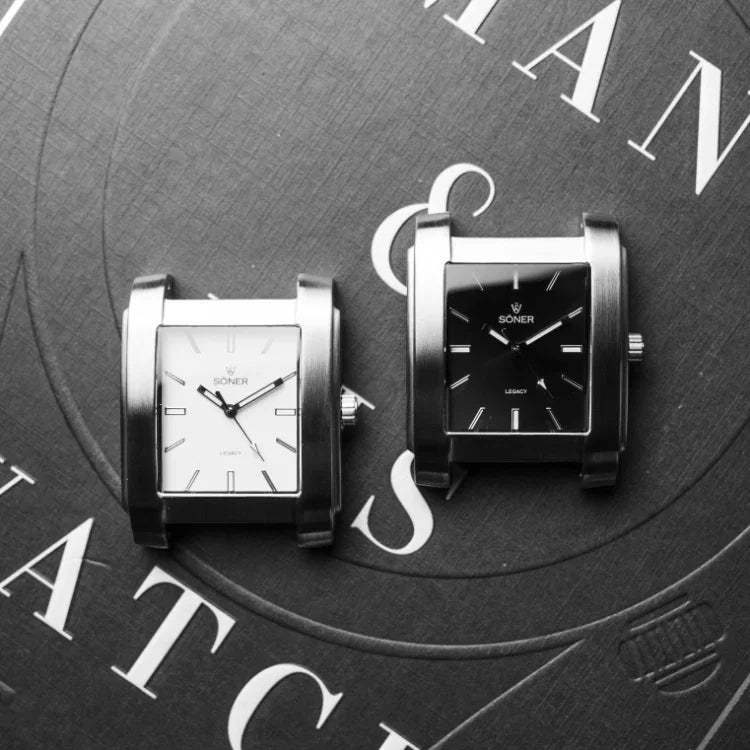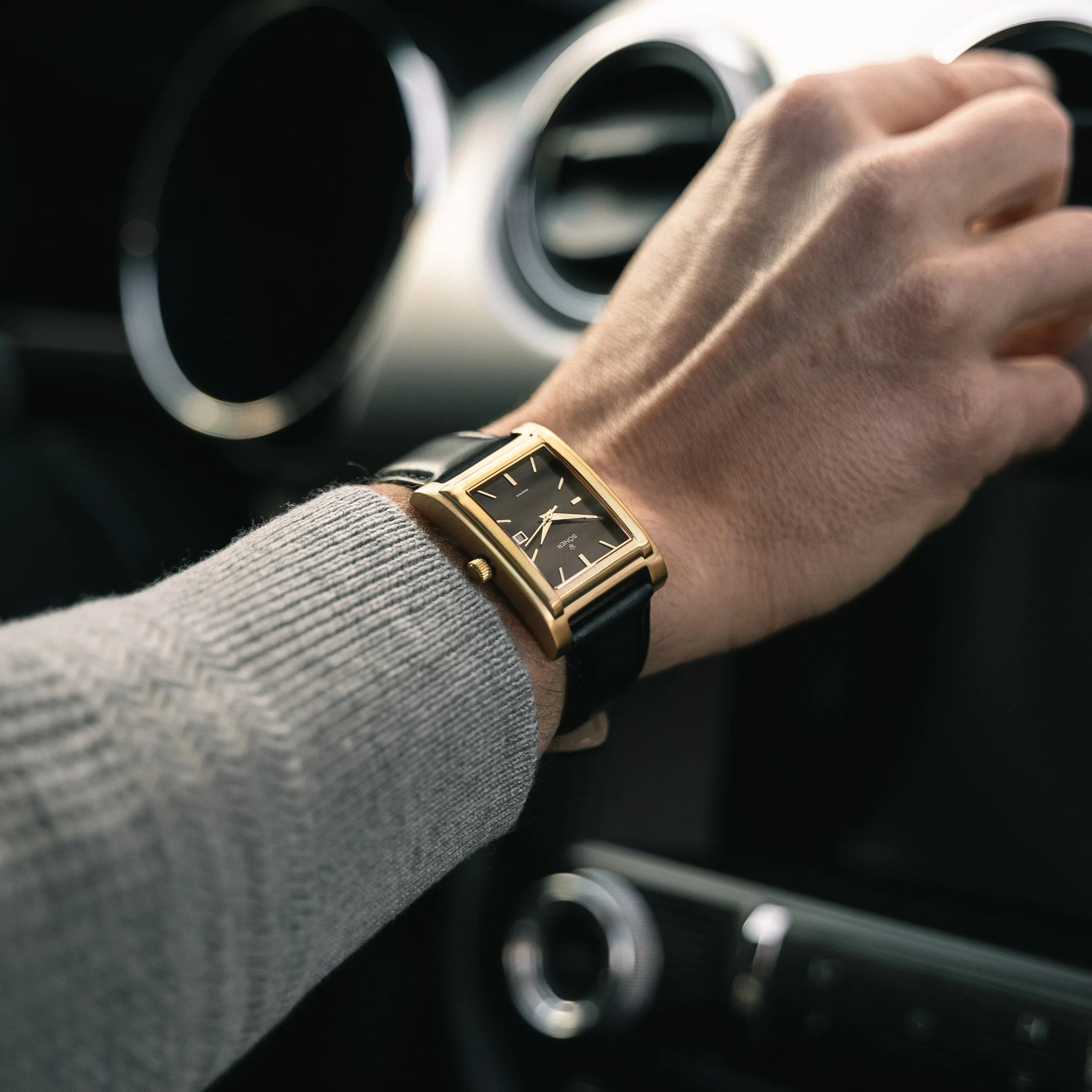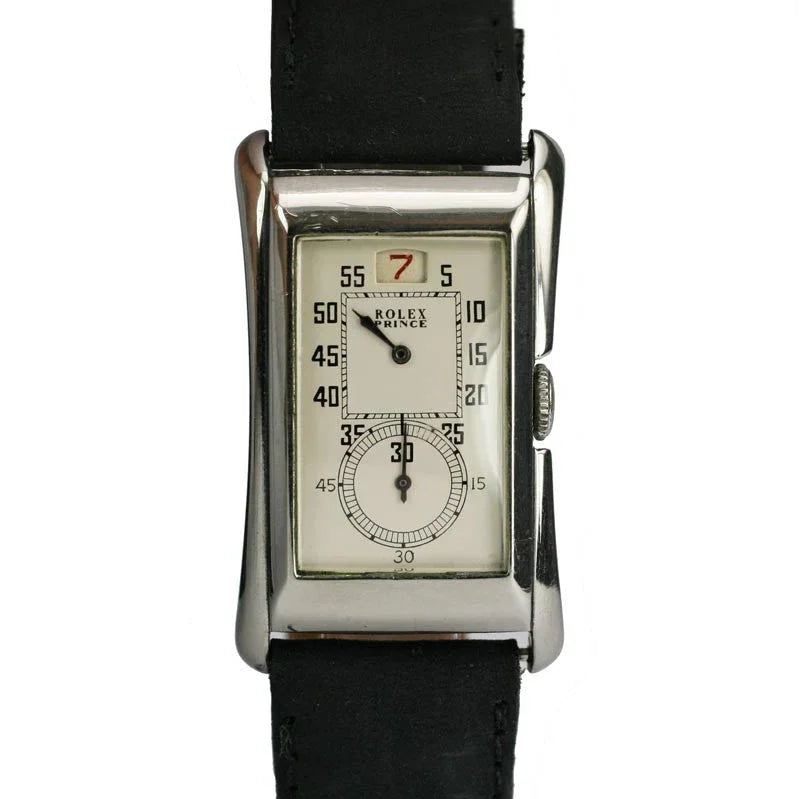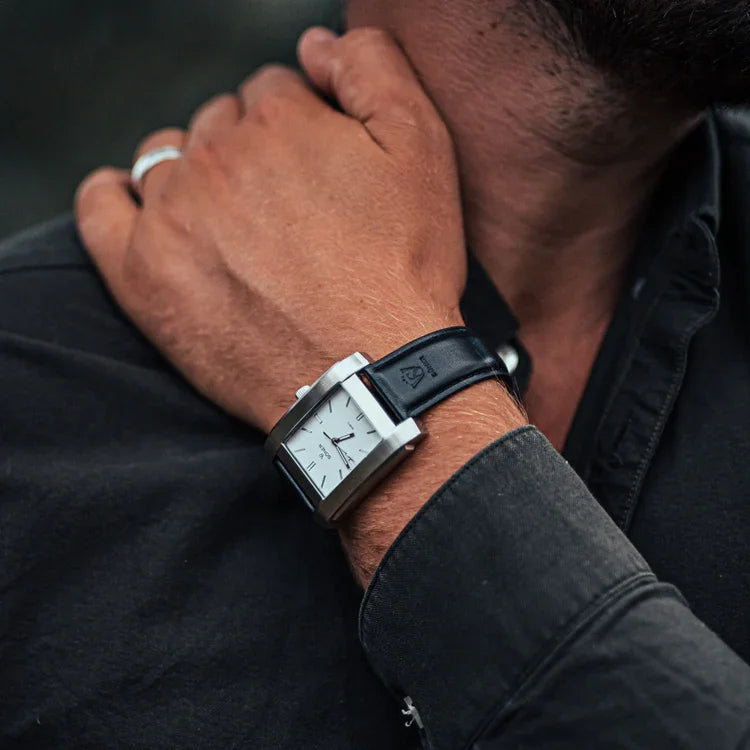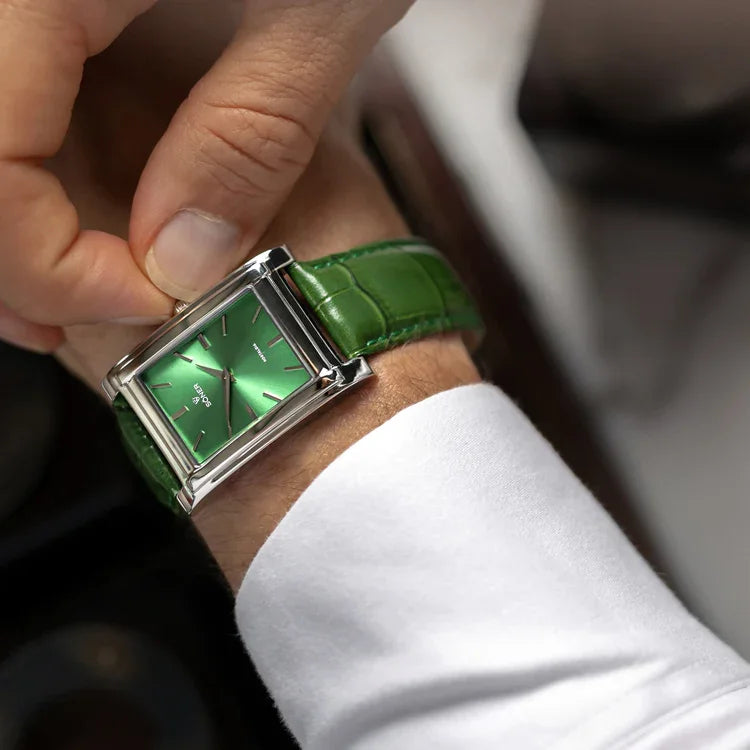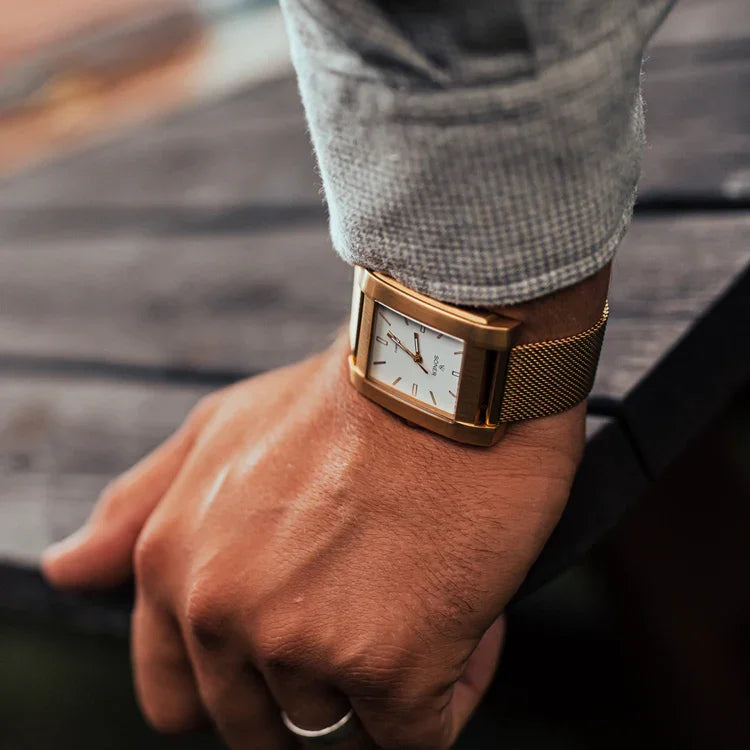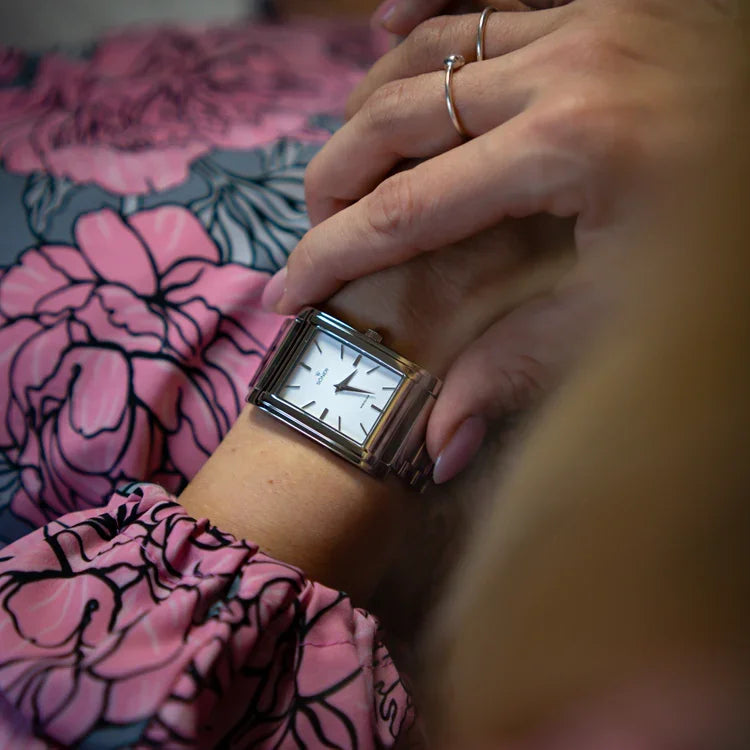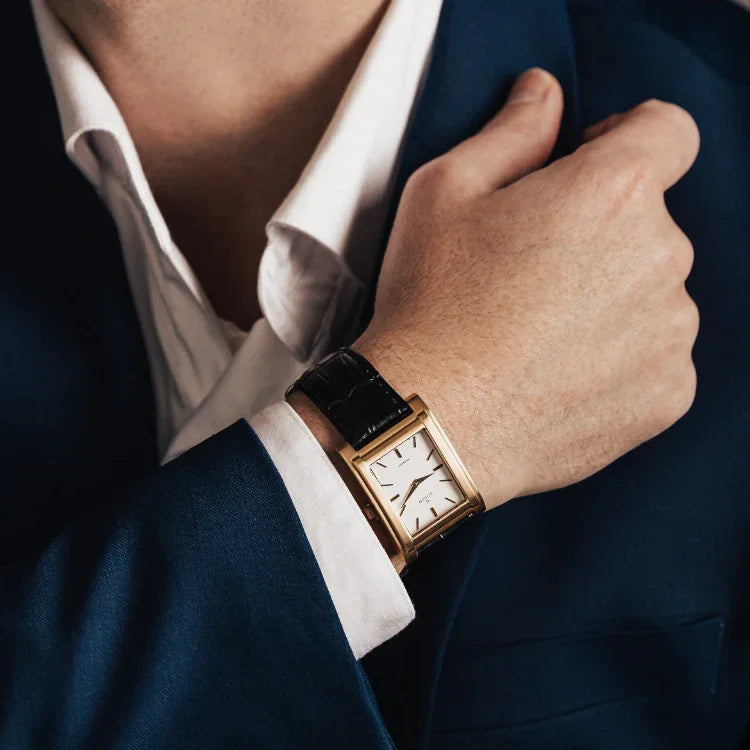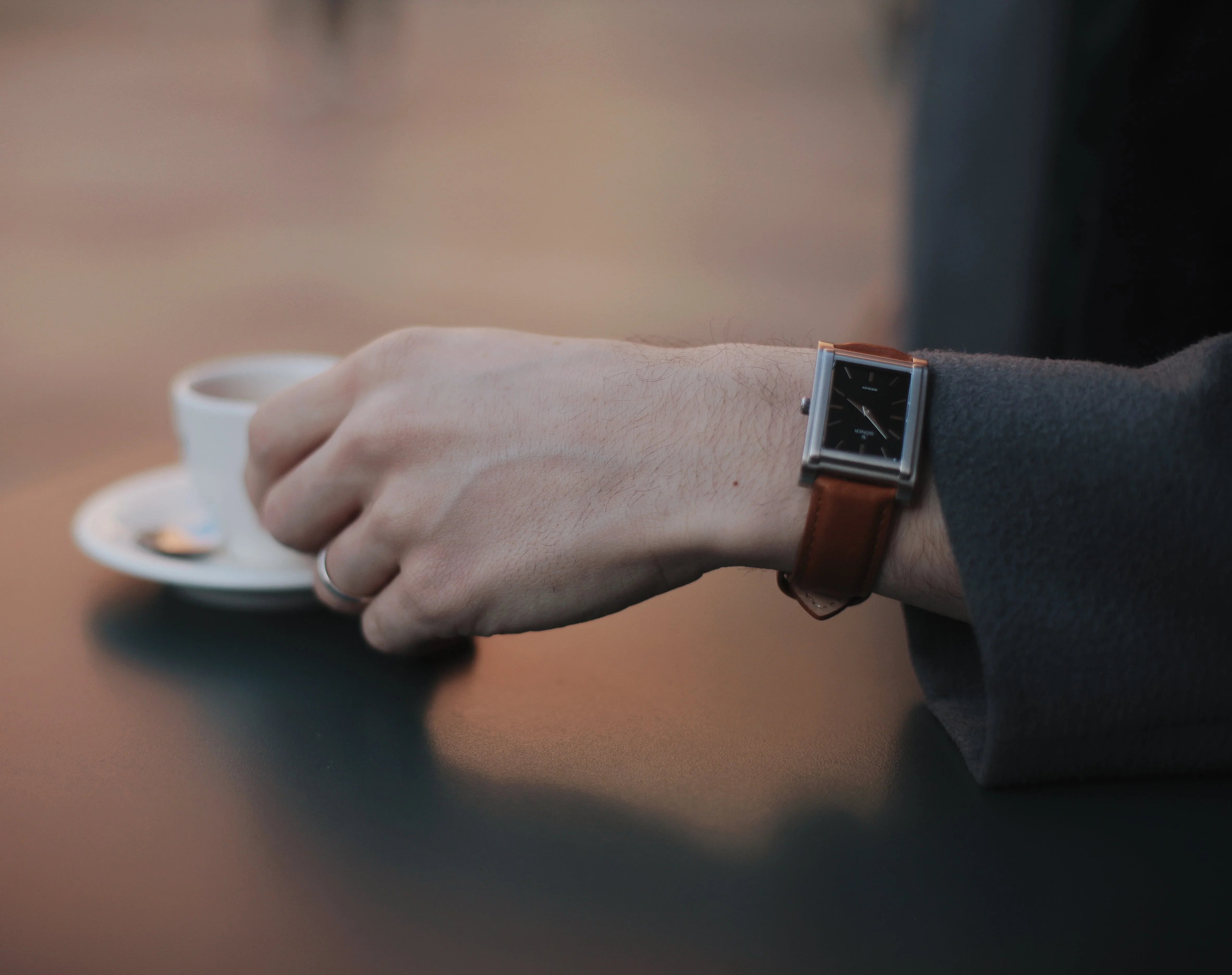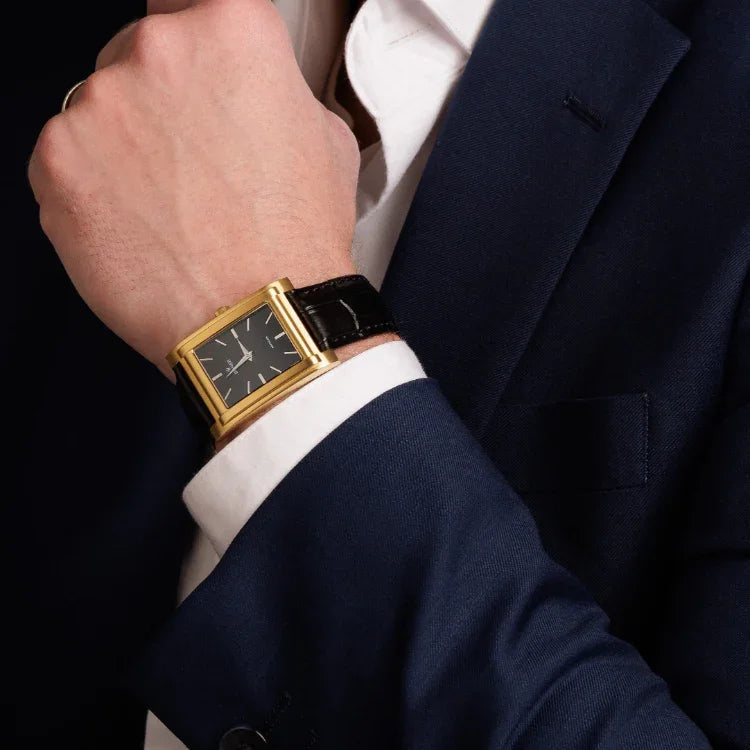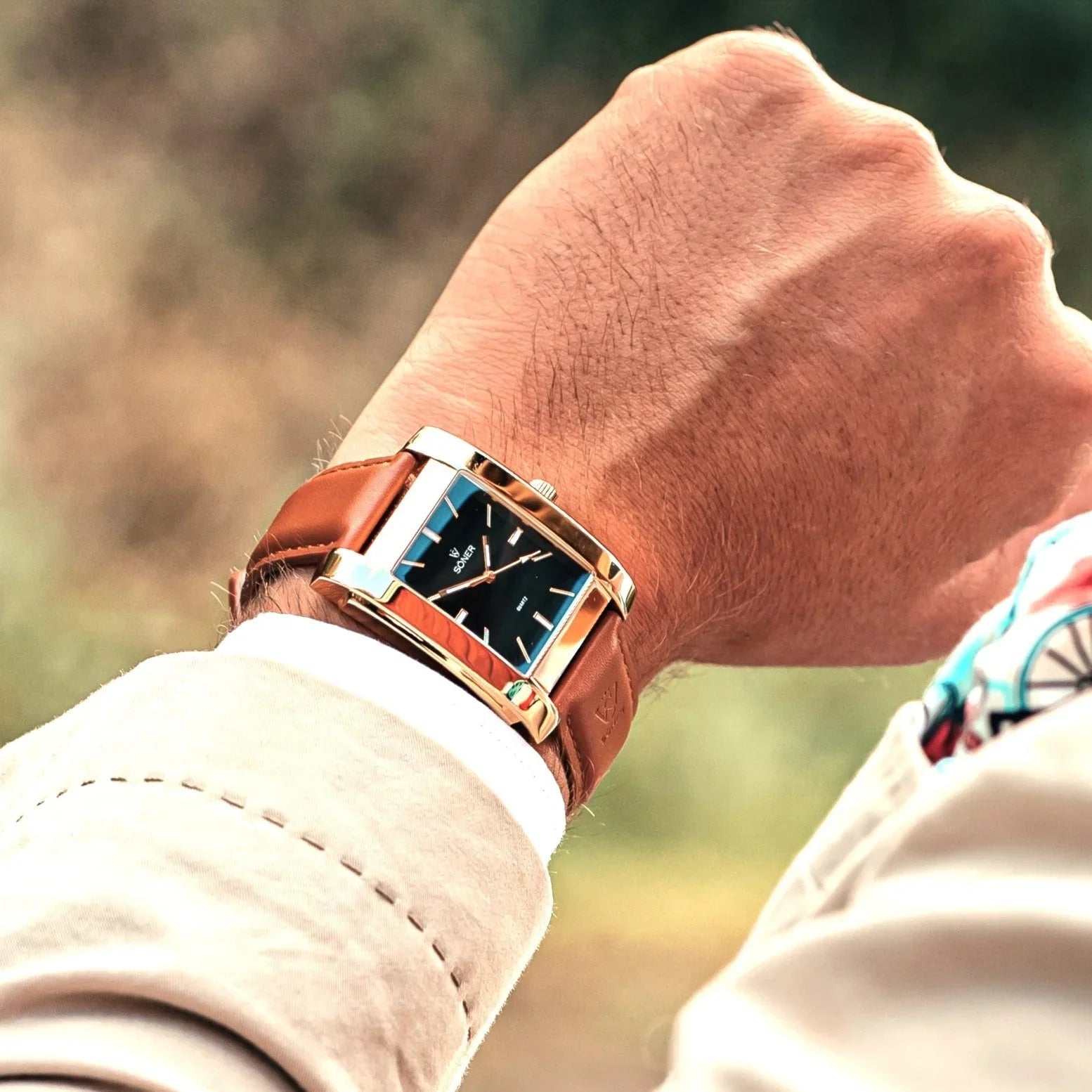Table of Contents
What Not to Do
Imagine this: You're wearing a finely crafted automatic watch, a marvel of engineering, and you accidentally drop it. Your heart sinks, right? But dropping it isn’t the only thing that could ruin your precious timepiece. In fact, there are several other things you should avoid. Let’s dive in!

1. Avoid Extreme Temperature Changes
Automatic watches are sensitive to temperature fluctuations. Extreme cold or heat can impact the movement’s accuracy. If you’re venturing into the Arctic or the Sahara, consider taking your watch off. Sudden changes can affect the lubricants inside, leading to long-term damage.
2. Don’t Overwind It
Overwinding is a common misconception. Most modern automatic watches don’t need overwinding. If your watch feels tight or stiff when winding, stop. Too much force can damage the mainspring or internal gears.
For more insights into proper watch care, you can explore additional resources and expert tips online. Check out this collection for more information.

3. Avoid Water Exposure
Even if your watch is water-resistant, it's not entirely waterproof. Prolonged exposure to water, or submerging it in hot water, can damage seals and cause rust. Always check the manufacturer’s specifications before exposing your watch to water.
4. Keep It Away from Magnetic Fields
Magnetic fields can mess with your watch's accuracy. Devices like smartphones, speakers, and even some refrigerators emit magnetic fields. If you notice your watch is running fast or slow, it might need demagnetizing. Keep it away from such sources to maintain accurate timekeeping.
Understanding these aspects can help you keep your watch in optimal condition.

5. Avoid DIY Repairs
It might be tempting to open up your watch and fix it yourself, but resist the urge. DIY repairs can lead to more damage. Always take your watch to a professional for any servicing or repairs. They have the tools and expertise to handle your watch correctly.
Proper maintenance and professional care ensure your watch remains in top shape.
6. Don’t Expose It to Chemicals
Chemicals, such as perfumes or cleaning agents, can damage your watch. They may affect the leather, metal, or seals. Always apply these substances away from your watch to ensure its longevity.

By following these tips, you can help preserve the lifespan and accuracy of your automatic watch.






